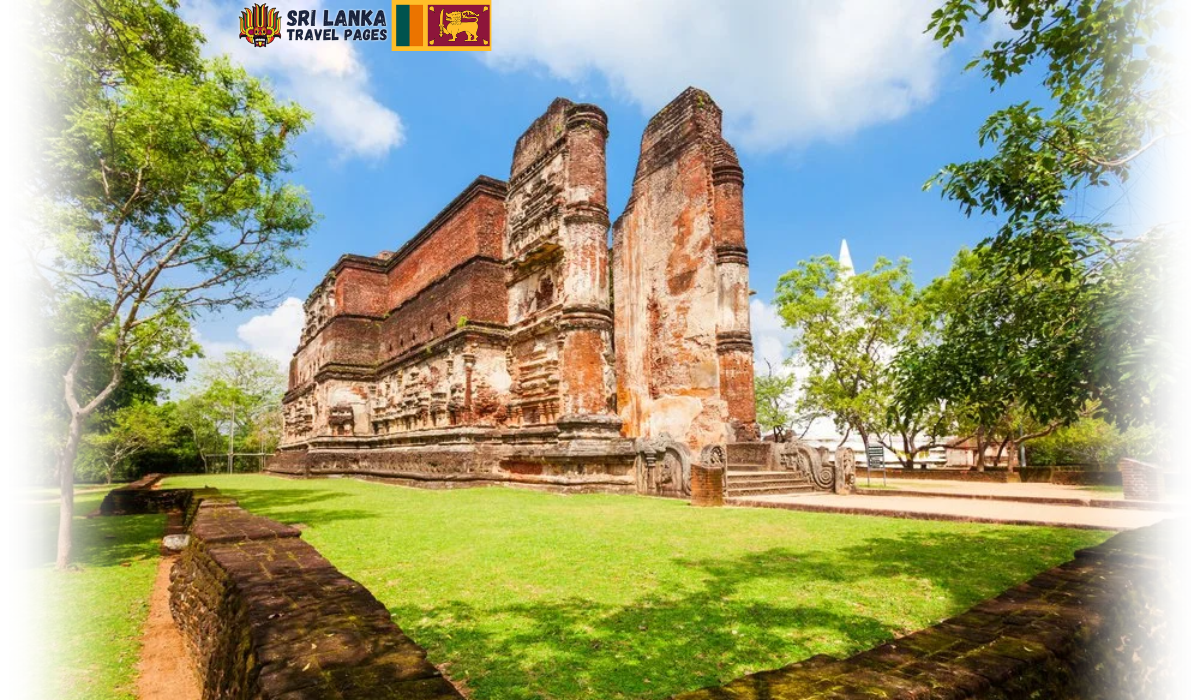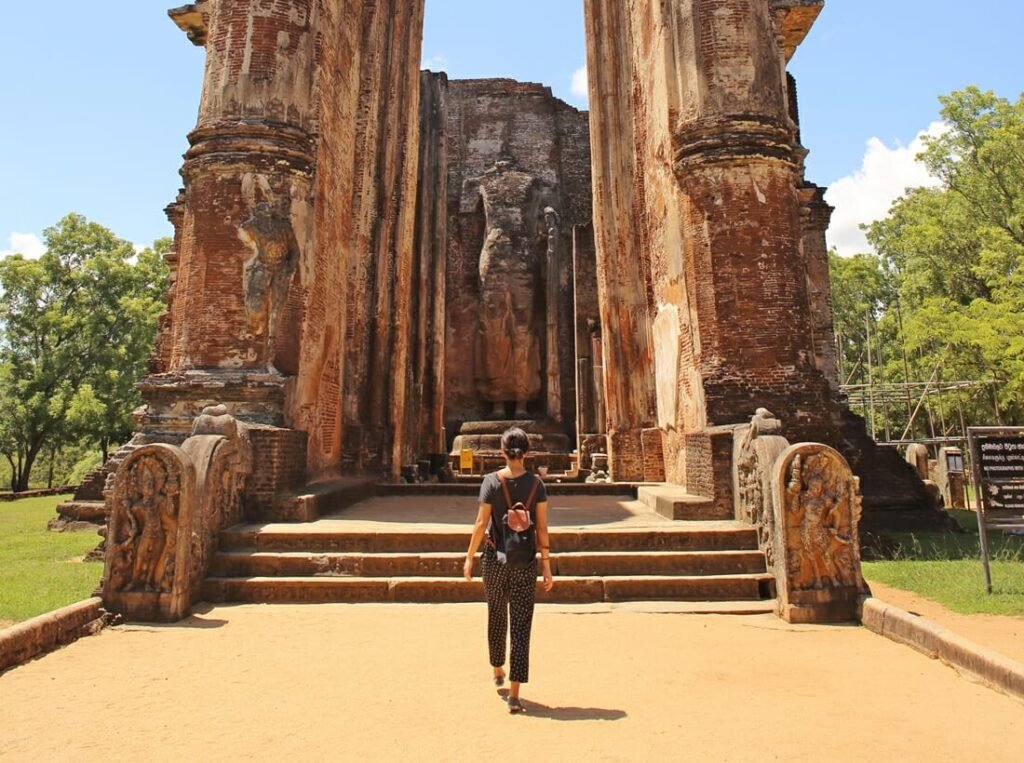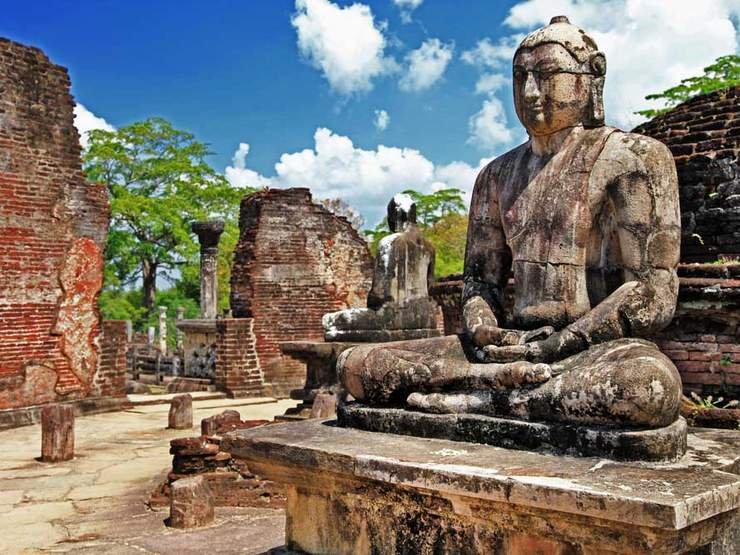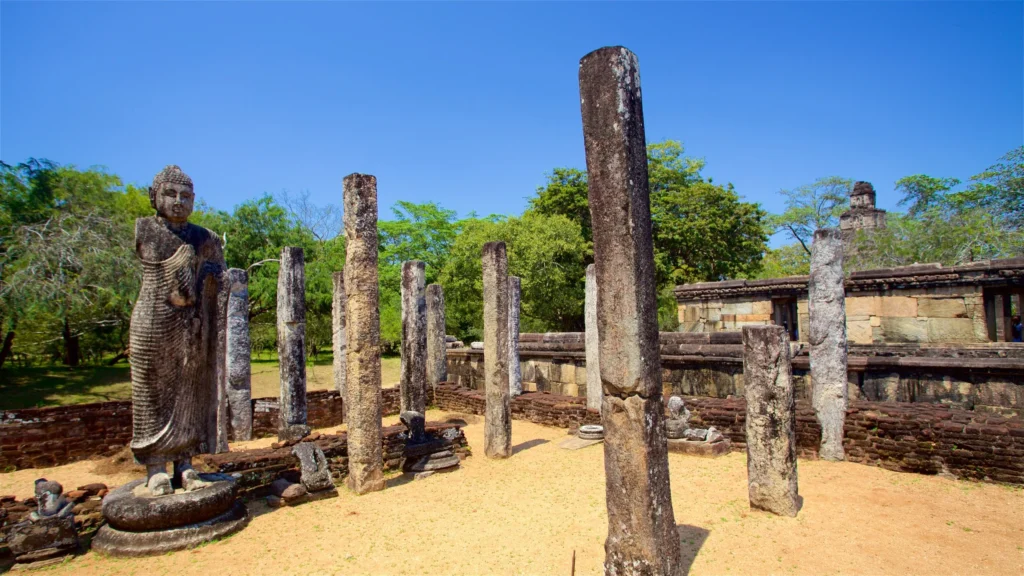
La meilleure période pour visiter Polonnaruwa, l'ancienne capitale du Sri Lanka et site classé au patrimoine mondial de l'UNESCO, est pendant les mois d'été. juin à août, lorsque le temps sec et les faibles précipitations créent les conditions idéales pour explorer ses ruines historiques. Cette période permet aux voyageurs de se promener confortablement parmi les impressionnants temples de pierre, palais et statues de Bouddha de la ville, sans être perturbés par de fortes pluies ou des sentiers boueux. La saison sèche met également en valeur la beauté des merveilles archéologiques de Polonnaruwa, des statues rupestres de Gal Vihara au complexe du Palais Royal. Cette saison coïncidant avec la haute saison touristique, il est conseillé de réserver votre séjour. hébergement, transport et visites guidées à l'avance Pour éviter le stress de dernière minute, les visiteurs peuvent également combiner leur séjour culturel avec des safaris animaliers dans le parc national voisin de Minneriya, célèbre pour son rassemblement d'éléphants, qui a généralement lieu à la même période. Par temps chaud, prévoir de l'eau, une protection solaire et des vêtements légers assurera un voyage confortable. En planifiant votre séjour, vous pourrez pleinement profiter du charme de Polonnaruwa, à la découverte de siècles d'histoire sri-lankaise dans un climat des plus favorables. Que vous soyez passionné d'histoire, explorateur culturel ou photographe, Juin à août reste la période idéale pour visiter Polonnaruwa.
Guide météo mensuel de Polonnaruwa
Polonnaruwa bénéficie d'un climat chaud et tropical toute l'année, mais le climat varie considérablement au fil des saisons :
Janvier à mars: Chaud et relativement sec : les températures maximales diurnes varient entre 29 et 32 °C (84 et 90 °F), et les minimales nocturnes entre 23 et 25 °C. Les précipitations sont modérées, entre 38 et 47 mm, avec environ 13 à 16 jours de pluie par mois.
d'avril à juin:Période la plus chaude. Avril connaît des pics de températures atteignant environ 34,9 °C (95 °F), et mai et juin restent autour de 33 °C (91 °F).. Les précipitations chutent jusqu'à 15 mm en juin ; juin compte également le moins de jours de pluie (~7,8 par mois). L'humidité diminue légèrement, oscillant autour de 67%.
juillet à septembre: Toujours chaud — les maximales restent autour de 32–33 °C avec des minimales nocturnes similaires (~25 °C). Les précipitations augmentent légèrement : 26 mm en moyenne en juillet et 29 mm en août, mais le temps reste relativement sec. Le soleil reste abondant, avec une moyenne de 16 jours ensoleillés en juillet..
d'octobre à décembre:Marqué par une augmentation des précipitations — octobre est le mois le plus humide avec environ 214 mm de pluie, suivi d'environ 166 mm en novembre et d'environ 127 mm en décembre. Les jours de pluie augmentent : en novembre, on compte environ 24 jours de pluie par mois. Malgré les journées plus humides, les températures restent chaudes (maximums ~30–31 °C, minimums ~23–24 °C).
Pourquoi cela est important pour la planification
Le plus chaud et le plus sec (avril-juin)Idéal pour l'exploration archéologique : pluie minimale, ciel dégagé et longues heures d'ensoleillement. Cependant, attendez-vous à une chaleur intense et à une forte exposition aux UV ; une protection solaire est essentielle.
Ensoleillement maximal (juillet):Offre une excellente visibilité et une lumière pour la photographie, bien que l'humidité reste élevée.
Saison des pluies (octobre-décembre):Des paysages luxuriants et moins de touristes, mais des pluies fréquentes peuvent perturber les plans de visites.
Météo à Polonnaruwa pour les sept prochains jours
FAQ sur la visite de Polonnaruwa
Quel est le meilleur mois pour visiter Polonnaruwa ?
La meilleure période pour visiter Polonnaruwa est de juin à août, pendant la saison sèche. Le temps chaud et ensoleillé est idéal pour explorer les ruines antiques sans être interrompu par de fortes pluies.
Polonnaruwa est-elle ouverte toute l'année ?
Oui, Polonnaruwa est ouverte toute l'année. Cependant, les mois secs sont plus propices aux visites touristiques, tandis qu'octobre à décembre peuvent être plus humides avec des averses fréquentes.
Quel est le meilleur temps pour explorer Polonnaruwa ?
Le temps sec et ensoleillé (de juin à août) est idéal. Avec des précipitations minimales et un ciel dégagé, les visiteurs peuvent visiter en toute tranquillité des sites historiques tels que Gal Vihara, Rankoth Vehera et le Palais royal.
Dois-je visiter Polonnaruwa pendant la saison des pluies ?
Vous pouvez visiter Polonnaruwa pendant la saison des pluies (d'octobre à décembre), mais préparez-vous à des conditions humides et à des sentiers glissants. L'avantage est que les paysages sont luxuriants et verdoyants, offrant une atmosphère unique pour la photographie.
Quelle est la fréquentation de Polonnaruwa en haute saison ?
De juin à août, Polonnaruwa connaît une forte activité touristique ; il est donc conseillé de réserver son hébergement et ses transports à l'avance. Le matin est le meilleur moment pour éviter les foules.
Résumé:
Choisir la meilleure période pour visiter Polonnaruwa dépend de vos préférences. Pour une exploration au sec et sans tracas, juin à août est la saison idéale. Pour plus de verdure, moins de monde et des conditions plus fraîches, d'octobre à décembre période offre une expérience différente mais charmante.
Carte de localisation de Polonnaruwa



Comment atteindre Polonnâruvâ
Pourquoi visiter Polonnaruwa Polonnaruwa, la deuxième ancienne capitale du Sri Lanka, est une ville classée au patrimoine mondial de…
Meilleure période pour visiter Polonnaruwa
Le meilleur moment pour visiter Polonnaruwa, l'ancienne capitale du Sri Lanka et site classé au patrimoine mondial de l'UNESCO,…
